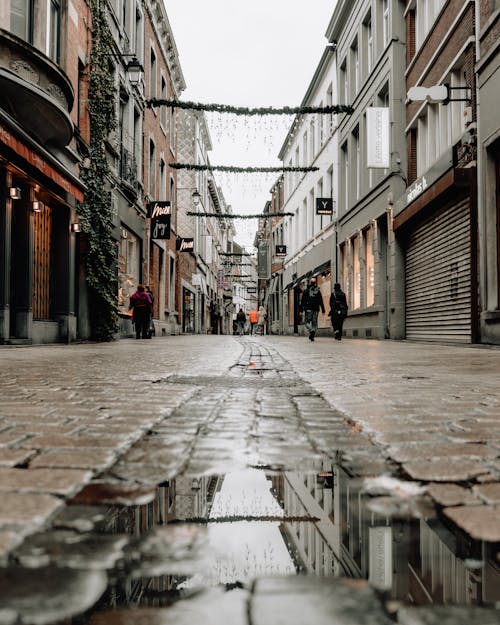How Framing Streets can Save You Time, Stress, and Money.
How Framing Streets can Save You Time, Stress, and Money.
Blog Article
The Ultimate Guide To Framing Streets
Table of ContentsFraming Streets Fundamentals ExplainedHow Framing Streets can Save You Time, Stress, and Money.3 Simple Techniques For Framing StreetsSome Of Framing StreetsAll about Framing StreetsFraming Streets - Questions
Digital photography style "Crufts Pet Show 1968" by Tony Ray-Jones Road photography (also occasionally called honest photography) is digital photography conducted for art or questions that features unmediated opportunity encounters and arbitrary cases within public places, usually with the purpose of recording photos at a definitive or poignant minute by careful framing and timing. 
Little Known Questions About Framing Streets.
Susan Sontag, 1977 Road digital photography can concentrate on individuals and their habits in public. In this regard, the street professional photographer resembles social docudrama professional photographers or photojournalists who additionally operate in public locations, but with the objective of capturing newsworthy occasions. Any of these photographers' photos may capture individuals and residential or commercial property visible within or from public areas, which typically requires navigating moral problems and legislations of privacy, security, and residential property.
Representations of daily public life form a genre in almost every duration of globe art, beginning in the pre-historic, Sumerian, Egyptian and early Buddhist art periods. Art managing the life of the street, whether within sights of cityscapes, or as the dominant concept, shows up in the West in the canon of the North Renaissance, Baroque, Rococo, of Romanticism, Realism, Impressionism and Post-Impressionism.
The Basic Principles Of Framing Streets
Louis Daguerre: "Blvd du Holy place" (1838 or 1839) In 1838 or 1839 the very first picture of numbers in the street was videotaped by Louis-Jacques-Mand Daguerre in one of a pair of daguerreotype sights taken from his studio home window of the Boulevard du Holy place in Paris. The second, made at the elevation of the day, shows an unpopulated stretch of road, while the other was taken at regarding 8:00 am, and as Beaumont Newhall reports, "The Boulevard, so regularly filled with a relocating crowd of pedestrians and carriages was perfectly solitary, except an individual that was having his boots brushed.
, who was influenced to carry out a similar documents of New York City. As the city established, Atget assisted to advertise Parisian roads as a worthy subject for photography.

The Basic Principles Of Framing Streets
Martin is the i was reading this very first tape-recorded professional photographer to do so in London with a disguised video camera. Mass-Observation was a social research study organisation established in 1937 which aimed to tape-record everyday life in Britain and to videotape the responses of the 'man-in-the-street' to King Edward VIII's abdication in 1936 to marry separation Wallis Simpson, and the sequence of George VI. The principal Mass-Observationists were anthropologist Tom Harrisson in Bolton and poet Charles Madge in London, and their first report was generated as the book "May the Twelfth: Mass-Observation Day-Surveys 1937 by over two hundred observers" [] Window cleaner at Kottbusser Tor, Berlin, by Elsa Thiemann c. 1946 The post-war French Humanist College digital photographers discovered their subjects on the road or in the restaurant. In between 1946 and 1957 Le Groupe des XV yearly displayed work of this kind. Andre Kertesz. Circus, Budapest, 19 May 1920 Road photography created the significant web content of 2 exhibits at the Gallery of Modern Art (Mo, MA) in New York curated by Edward Steichen, Five French Professional Photographers: Brassai; Cartier-Bresson, Doisneau, Ronis, Izis in 1951 to 1952, and Post-war European Digital Photography in 1953, which exported the concept of road photography worldwide.

Not known Details About Framing Streets
, after that an instructor of young children, associated with Evans in 193839.'s 1958 book,, was considerable; raw and frequently out of emphasis, Frank's images examined conventional digital photography of the time, "tested all the official rules laid down by Henri Cartier-Bresson and Pedestrian Evans" and "flew in the face of the wholesome pictorialism and wholehearted photojournalism of American magazines like LIFE and Time".
Report this page